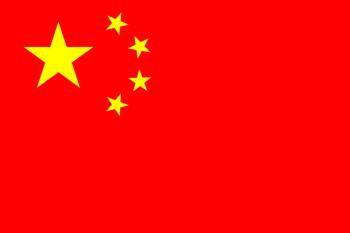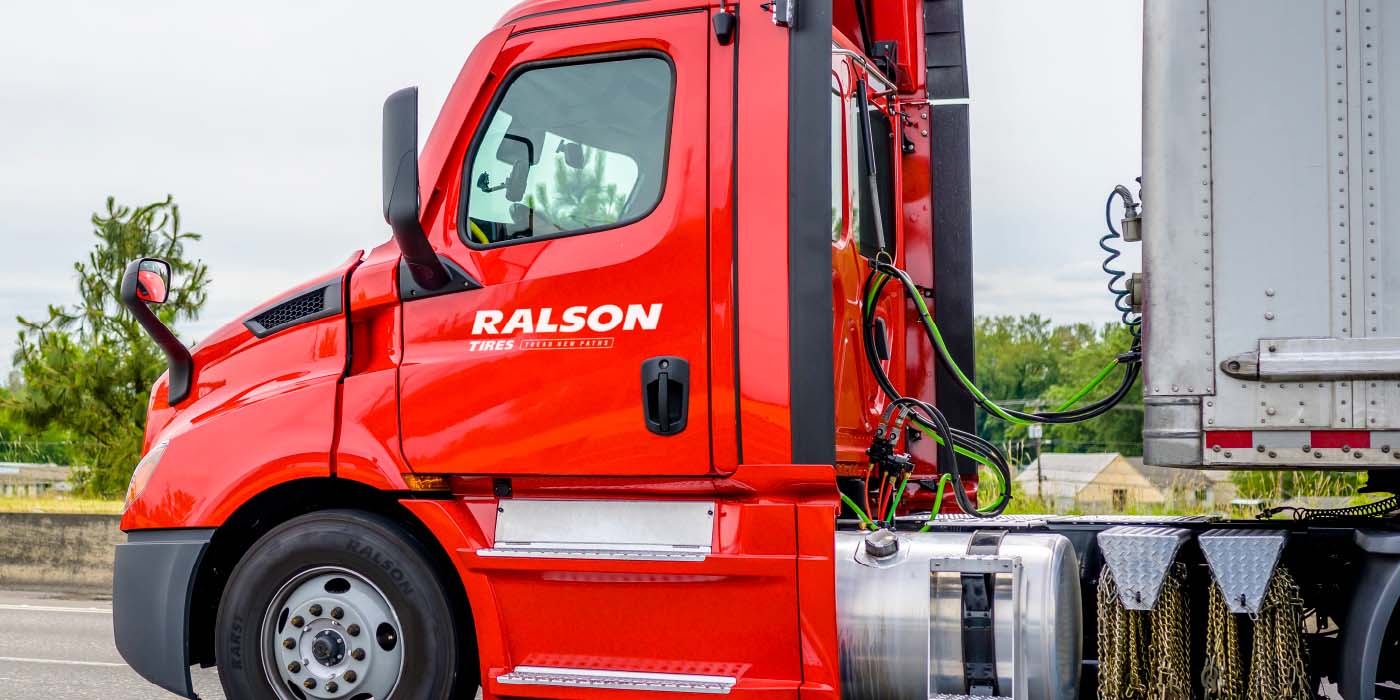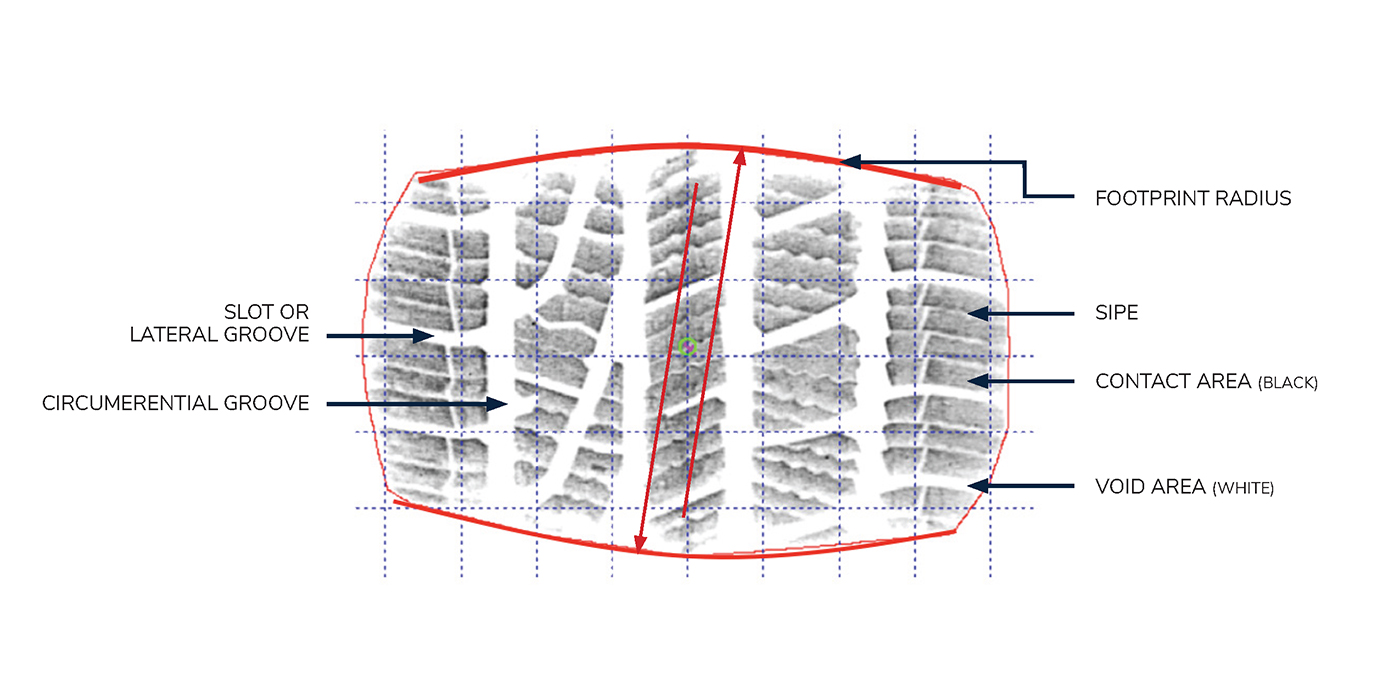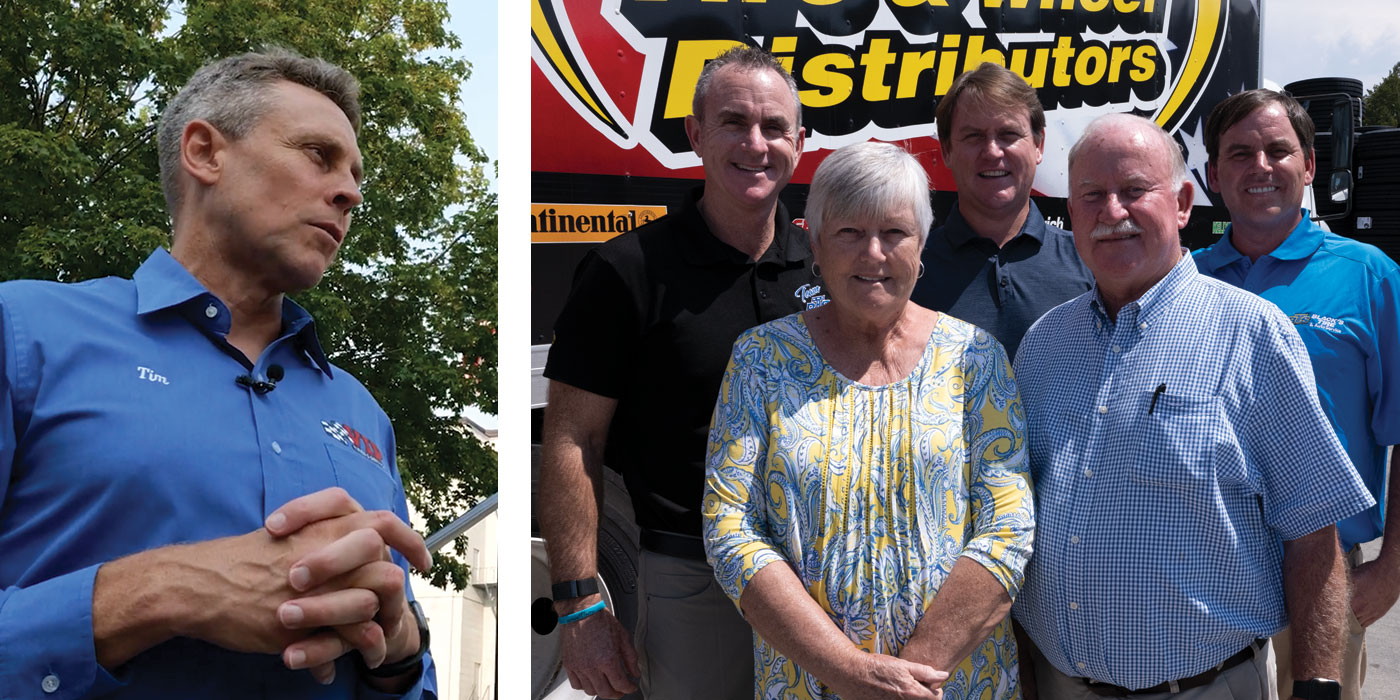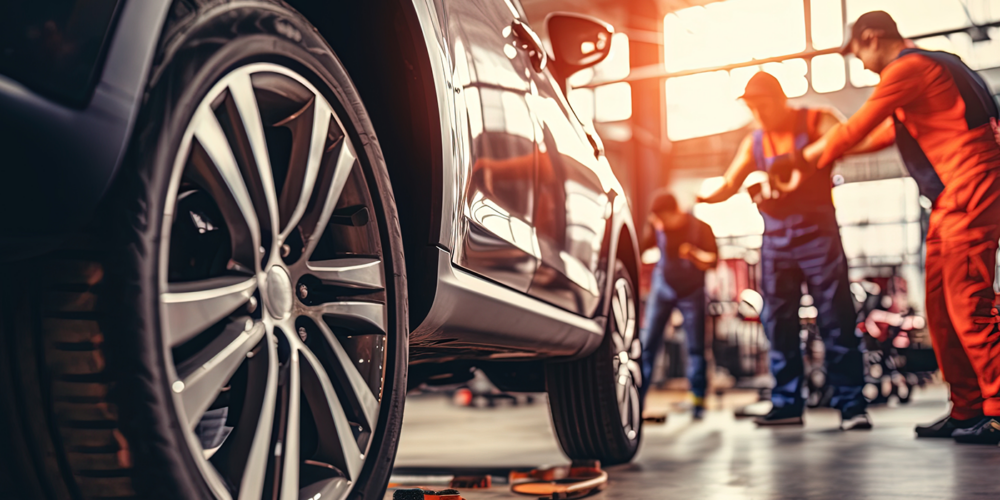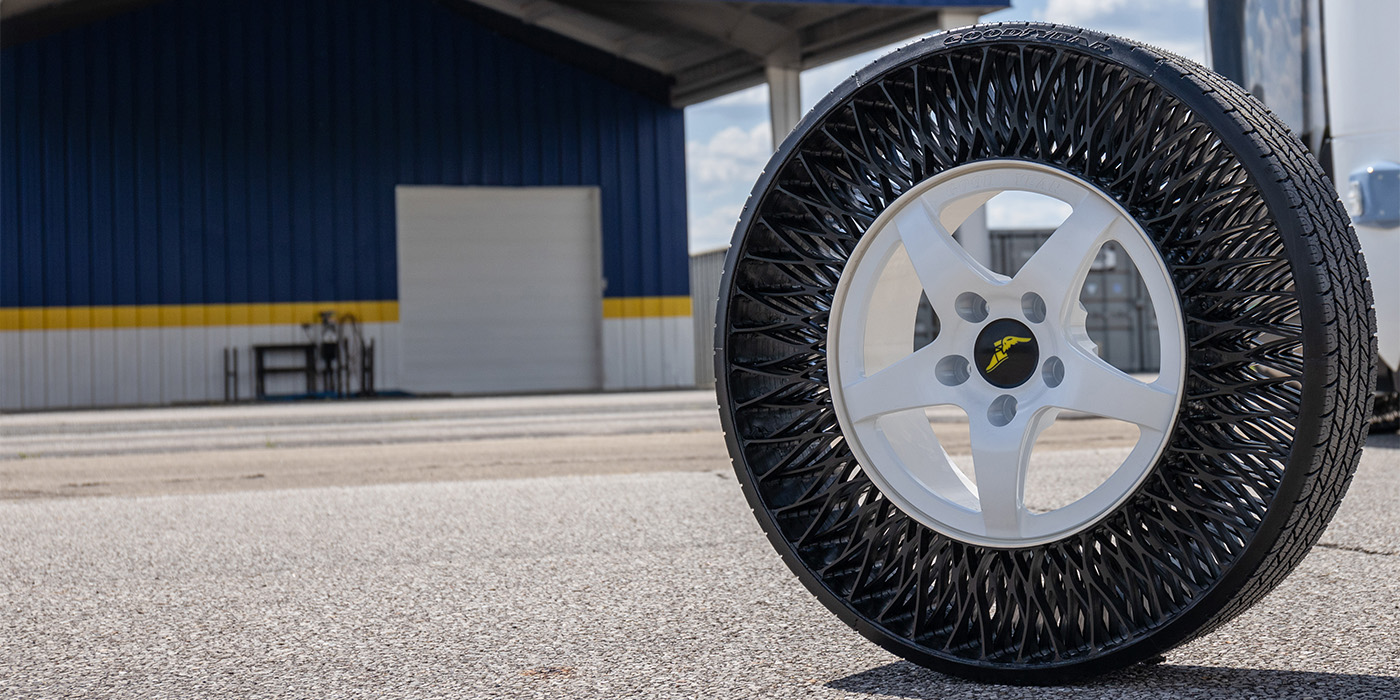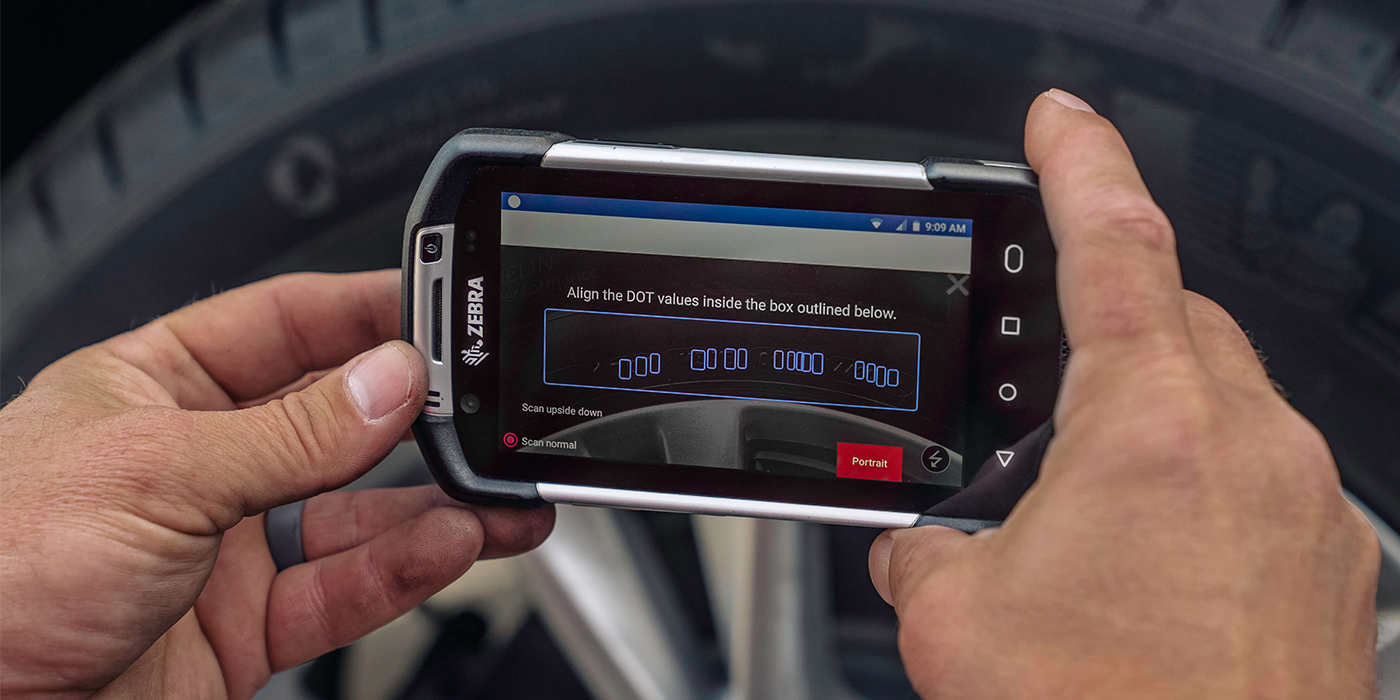Reclaimed Rubber Industry Ushers in Good Policy
The China Tyre Retreading, Repairing & Recycling Association’s (CTRRRA) Reclaimed Rubber Group hosted a waste tire utilization technology exchange meeting as part of its annual gathering. During the meeting, it was revealed that the Ministry of Finance and the State Administration of Taxation will adjust value-added tax preferential policies for comprehensive resources utilization products and services.
Those policies are expected to come into play before the end of this year.
Among the changes, companies can get an immediate 50% VAT return on retreading, creation of ground rubber or other recycling processes where the raw materials for such are 100% from waste tires, provided the technology, exhaust gas and waste water emissions comply with the relevant national standards and industry standards, and that the enterprises have passed through ISO9000 and ISO14000 certifications.
However, the company can only enjoy a tax rebate of not more than $8.09 million once per year, and the enterprise tax credit rating is required to achieve the B level and above.
CTRRRA president Zhu Jun pointed out that the reclaimed rubber industry is connected with the resources and connected with the environment, so production enterprises must make strong efforts in energy-saving and environmental protection in order to become bigger and stronger.
China is a big consumer of rubber resources and has been ranked first in the world for 10 consecutive years. According to statistics, rubber consumption in China has accounted for more than 30% of the global consumption. However, China is scarce in the rubber resources; each year more than 70% of its needed natural rubber and more than 40% of required synthetic rubber are imported. Rubber is China’s fourth most vital strategic material, coming in after oil, iron ore and non-ferrous metals.
CTRRRA recycle rubber branch vice president Li Rulin pointed out that waste tires are considered an industrial hazardous solid waste that will not disappear naturally in the soil for decades. It will also pollute the soil and underground water. To utilize the reclaimed rubber, China is working to use it to replace part of its natural and synthetic rubber needs, and use it for other non-tire rubber products. This can alleviate the shortage of rubber resources in China and reduce its dependence on imported resources.
At present, the application ratio of reclaimed rubber in China is about 30%, making it the third largest rubber source in China. According to estimates, every three tons of recycled tire rubber can replace one ton of natural rubber, and two tons of recycled tire rubber can replace one ton of synthetic rubber. In 2012, the production of reclaimed rubber in China reached 3.5 million tons, equal to 1.1 million tons of natural rubber.
However, it cannot be ignored that the reclaimed rubber industry has capacity problems that have hindered the development of the industry. According to statistics, China has more than 1,000 reclaimed rubber enterprises with a total production capacity of more than six million tons. But the capacity utilization rate is less than 60%; generally speaking the accepted international market capacity utilization rate is 80%-85%.
This serious capacity issue has idled a lot of equipment. The cake-grabbing competition also led price battles between companies, and external debt has become more and more serious, making the industry profit space smaller and smaller.
In order to tackle this problem, in July 2012 the Ministry of Industry and Information issued “The Industry Access Conditions” for the waste tire recycling industry. By raising the access threshold, China is trying to eliminate some of the older, less efficient production capacity. According to the Access Conditions, those scrap-tire processing enterprises already in operation must have an annual waste tire processing capacity of no less than 10,000 tons. For newly constructed or expanded waste tire processing enterprises, the annual processing capacity cannot be less than 20,000 tons.
Today, according to Li Rulin, close to 90% of the waste tire recycling enterprises cannot even reach the 10,000-ton threshold.
In May this year, the Chinese waste tire utilization industry took a very important step toward standardization when the Ministry of Industry and Information announced the first list of 23 enterprises that met the capacity conditions. A second batch of admitted enterprises will be revealed soon.
More Environmental Concerns
A few problems persist, though, in China’s efforts to convert scrap tires into useful goods.
First, 90% of all scrap tires are generated by individual vehicle owners, who are unable to obtain a VAT deduction.
Second, the majority of reclaimed rubber manufacturers only operate half of the time because of financial pressure and because their environmental protection equipment is not up to standards. Since June 2013, after Hebei Yutian’s reclaimed rubber production business stopped operation because of environmental problems, many cities and regions have strongly enforced environmental supervision and auditing of scrap tire processors, seriously impacting the small- and medium-sized reclaimed rubber manufacturers in Hebei and Shanxi provinces.
Third, since the beginning of this year large reclaimed rubber factories in Zhejiang, Fujian, Tianjin and other places have been told to relocate because of environmental problems. In March and April, environmental protection investigations in Shandong area have limited processing. In May, the Hebei provincial inspection group started the routine inspection on enterprises in places such as Cangzhou, Hengshui, and Baoding, so part of the regeneration rubber production there has been affected.
Zhu Jun revealed that CTRRRA will set up a mechanism to promote the whole development of the energy saving and environmental protection work in the industry in order to achieve industry cleaner production.
Mesnac Buys SBR and Resin Producer
In early August it was learned that Qingdao-based rubber processing equipment maker Mesnac Co. Ltd. acquired Fushun Yikesi New Material Co. Ltd., a producer of synthetic rubber and resin products located in Fushun City.
One of the largest tire production equipment companies in the world, Mesnac said the acquisition is a significant move into high performance rubber and material technology. Fushun Yikesi produces a range of rubber and resin compounds, including SBR, petroleum C5 resin, piperylene, dicyclopentadiene and isoprene derivatives.
Zhejiang Sets Key Rubber-Related Projects
Recently, Zhejiang announced 2014 provincial key construction projects, which included several rubber related projects including skeleton material, styrene butadiene rubber, reclaimed rubber, and conveyor belt projects have been listed therein.
The projects are the following:
• Zhejiang Sanda Industrial Fabric Co., a new production line that will add annual output of 13,500 tons of special rubber skeleton reinforcing material
• Zhejiang Weitai Rubber Co., a styrene butadiene rubber project that adds annual output of 100,000 tons
• Zhejiang Liyuan Chemical Co., a high-strength recycled rubber production line project to convert discarded tires and rubber into raw materials with an annual output of 30,000 tons of recovered rubber
• Zhejiang Fenfei Rubber Products Co., new capacity to increase annual output to 50 million square meters of high-end conveyor belt, and using 50,000 tons of recycled scrap tires as the raw material.
Chongqing Builds Tire Retreading Factory
In the future, Chongqing city bus and rail will use a large number of reliable performance and environmentally friendly tires with lower price. The Chongqing Green Tech Development Investment Factory was formally put into production in Beibei Tongxing Industrial Park, and Chongqing Transportation Development Co. invested in this project.
The factory’s main business is tire retreading, which will produce green tires with an annual output capacity of 100,000 tires with a value of hundreds of millions of yuan.
It is reported that this factory is a joint venture between Singapore Green Tech and Chongqing Transportation Development Co., with a joint investment of $32.36 million. The project will provide services of waste tire recovery, storage, dismantling, and tire retreading and sales.
One of the shareholders, Green Tech, has the world’s leading rubber retreading technology, and the Chongqing Transportation Development Co., owns nearly 10,000 vehicles, making it a big tire customer.
“These retreaded tires tires, after renovation by high-tech method, not only the performance is comparable to or even higher than the new tires, the price is only 60% of that of the new tire,” said Chongqing Transportation Development Co. general manager Lei Jun. “There are over 3.6 million discarded tires in Chongqing city every year. The comprehensive cost can be reduced by 25% after the utilization of the tires by this renovation technology.”
Aeolus Tread Pattern Gets Chinese National Patent
Recently, Aeolus Tyre Co. independently researched, designed and developed eight new all-steel radial truck tire tread pattern – including the WGM80, WDR37 and WGC52 – that obtained design patent certificates issued from the Chinese State Intellectual Property Office.
The eight patterns are currently in production, including:
• The WGM80 for drive axles, suitable for harsher off-road conditions
• The WDR37 also for drive axles, suitable for long-distance transportation
• The WGC52 for all wheel positions, suitable for short distance transport
• The WDR34 for drive axles, suitable for the long-distance transportation
According to the company, most of these eight tires have applied low rolling resistance formulas so as to meet the requirements of the European market.

